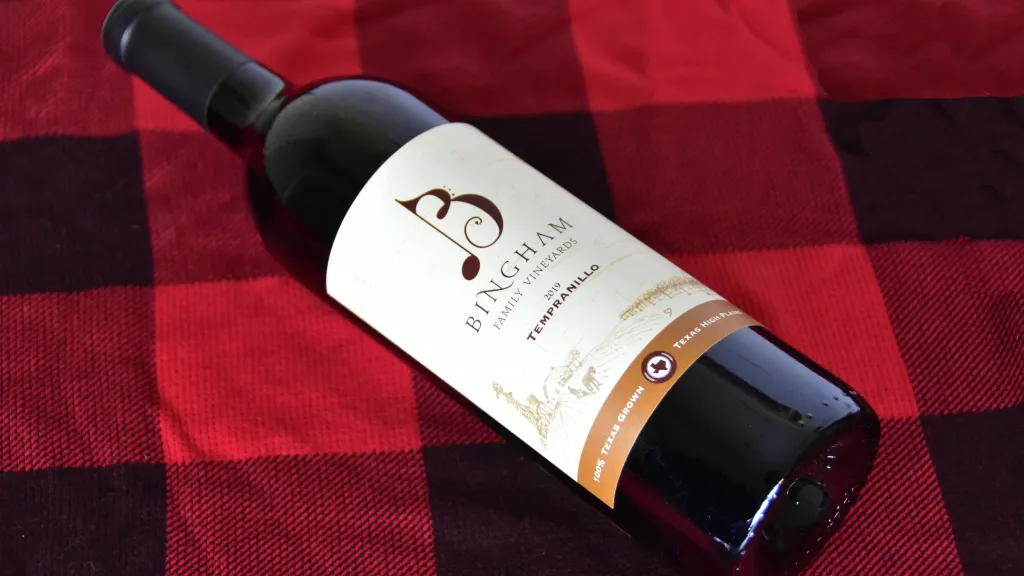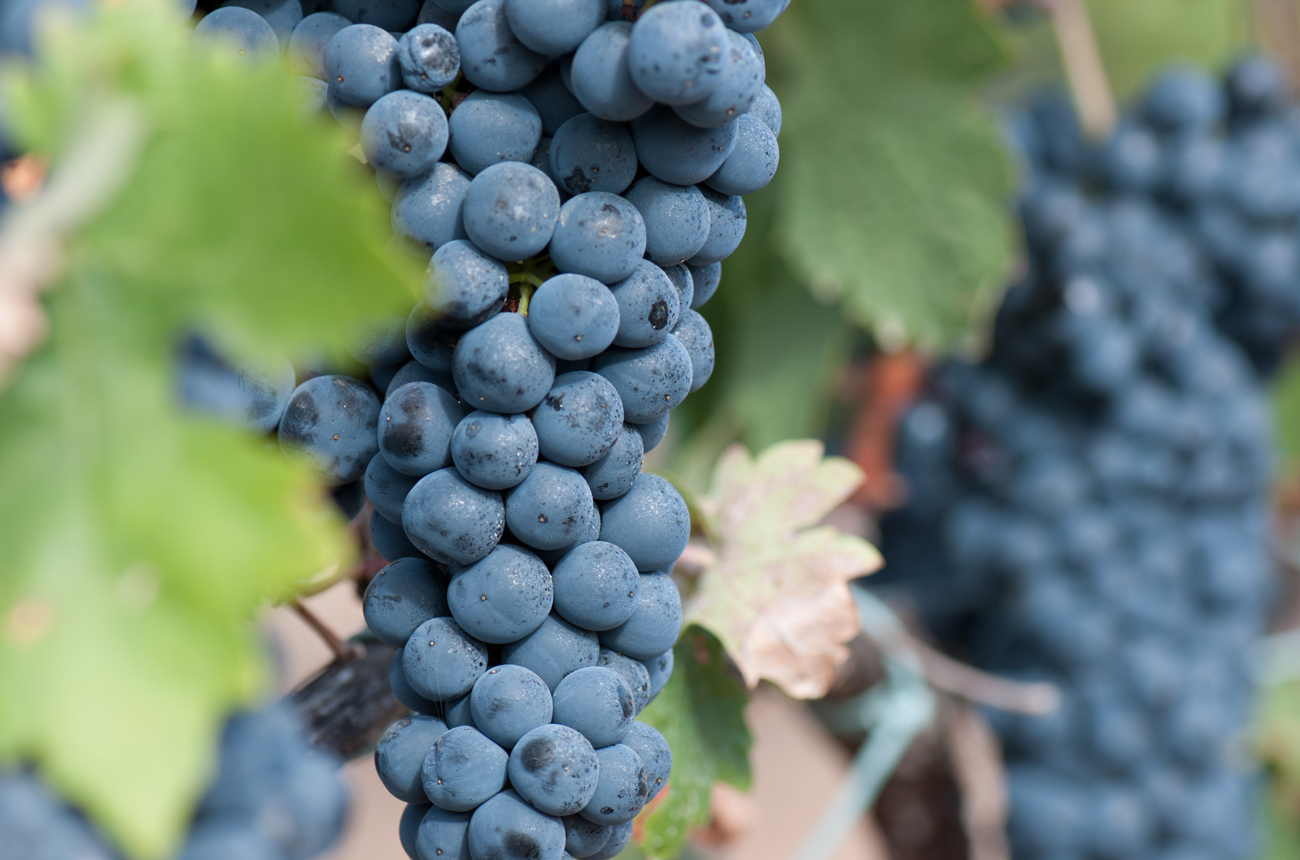Tempranillo is a grape variety at the heart of Spain’s iconic Rioja wine region, where it is traditionally used as the base for red wines. These wines are typically blended with other local varieties like Garnacha and Mazuelo. The name “Tempranillo” comes from the Spanish word “temprano,” meaning “early,” as the grape ripens early compared to other varieties.
While it is most closely associated with Spain, Tempranillo also finds a successful home in Texas, especially in the Hill Country and High Plains regions, and is known as Tinta Roriz in Portugal.
Tempranillo’s Global Success and Versatility: Thriving in Various Wine Regions Worldwide
While Spain is the primary producer of Tempranillo wines, the grape has found success in several other wine regions around the world. It is an important variety in the Portuguese wine regions of the Douro Valley and Dāo, where it contributes to both Port wines and dry reds.
In the United States, particularly in California, the Pacific Northwest, and notably Texas, Tempranillo has shown great promise. Texas, especially, has emerged as a key region for this grape, showcasing its unexpected success in the New World.

Tempranillo is known for its versatility. It can be made into rich, aging-worthy red wines and is often blended to add depth and complexity. The grape’s flavor profile includes brambly berries, cherries, and, in warmer climates, plums, complemented by spices and hints of cigar tobacco.
Tempranillo also contributes to the production of sweet, fortified wines like Port, where it imparts richness and spice. The grape’s tannic structure allows it to age for decades, developing savory characteristics like leather and earth over time.
Tempranillo’s Resilience in Hot, Dry Climates Positions It for Future Global Success
One of Tempranillo’s most promising traits is its ability to thrive in hot, dry conditions, making it a strong candidate for future wine production as climate change affects growing conditions globally.
As temperatures rise in many wine regions, Tempranillo’s resilience in heat positions it as a key variety that can flourish under warmer conditions. This adaptability is expected to make it an increasingly important grape for winemakers, especially in areas that may struggle with the effects of climate change.
Tempranillo wines are characterized by their balanced profile, with notes of berries, cherries, and occasionally plums, depending on the climate. In warmer vintages, flavors of ripe fruit are complemented by sweet, woodsy spices. As Tempranillo wines age, they develop more savory qualities such as leather, tobacco, and earthy undertones.

Wines aged in new oak barrels also acquire stronger spice notes. Serving Tempranillo slightly above cellar temperature helps showcase its fruit and spice characteristics while maintaining its freshness.
Tempranillo is known for its food-friendly nature, making it an excellent pairing partner for a wide variety of dishes. It pairs well with grilled meats, barbecue, and game, as well as Spanish delicacies like ham and Manchego cheese. A youthful Rioja or a well-aged Tempranillo can elevate these flavors, creating a delightful dining experience. With its balanced acidity, Tempranillo also complements richer foods, making it a versatile wine for any occasion.
There are many exceptional Tempranillo wines available, and several producers stand out for their high-quality offerings. Some notable examples include Abadia Retuerta’s 2016 Pago Negralada Viñedos Propios Tempranillo, known for its toasty character; Beronia’s 2015 Rioja Reserva, which boasts precise flavors of cherries and sweet spice; and Familia Torres’ 2020 Clos Ancestral, a blend of Tempranillo and other indigenous Spanish varieties with vibrant fruit and spice notes.
Tempranillo’s international appeal continues to expand as it gains recognition for its quality and versatility. From Rioja to Texas and beyond, the grape is becoming increasingly important in regions facing the challenges of climate change.
As more winemakers experiment with this grape, it is likely to cement its place as one of the most important red wine varieties globally. Whether enjoyed in its youth or aged for complexity, Tempranillo remains a wine that pairs well with food and offers something for every palate.


